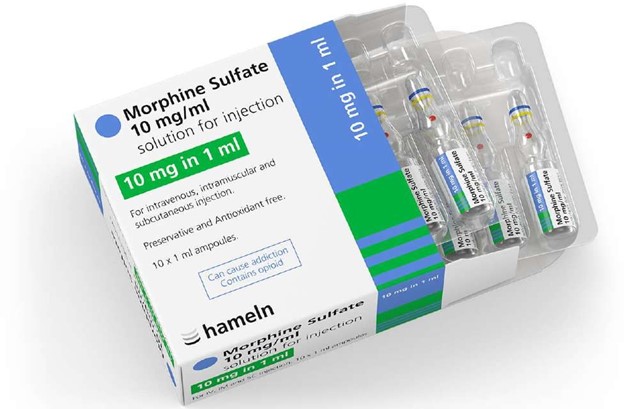A nurse is caring for a client who is receiving hospice care and has a prescription for fentanyl buccal film.
Which of the following methods should the nurse use to administer this medication?
Place the medication on the client's tongue for dissolution.
Dissolve the medication in water before administering it.
Insert the medication against the mucous membrane of the cheek.
Instruct the client to swallow the medication with a sip of water.
The Correct Answer is C

Fentanyl buccal film is a small film that sticks to the inside of the cheek and eventually dissolves within 15 to 30 minutes after it is applied.
It is used to manage breakthrough pain in patients with cancer who are already using another opioid pain medicine around-the-clock.
Choice A is wrong because the medication should not be placed on the client’s tongue for dissolution.
Choice B is wrong because the medication should not be dissolved in water before administering it.
Choice D is wrong because the client should not be instructed to swallow the medication with a sip of water.
Nursing Test Bank
Naxlex Comprehensive Predictor Exams
Related Questions
Correct Answer is A
Explanation
The correct answer is choice A. Increased pulse rate.
An aPTT of 90 seconds is much higher than the normal range of 30-40 seconds, which means the blood takes longer to clot and the client is at risk of bleeding. An increased pulse rate is a sign of blood loss and shock.
Choice B is wrong because increased blood pressure is not a sign of bleeding, but rather a sign of hypertension or stress.
Choice C is wrong because decreased temperature is not a sign of bleeding, but rather a sign of hypothermia or infection.
Choice D is wrong because decreased respiratory rate is not a sign of bleeding, but rather a sign of respiratory depression or sedation.
Correct Answer is B
Explanation

Opioids such as morphine are used to relieve moderate to severe pain in cancer patients.
Choice A is wrong because ibuprofen is a nonsteroidal anti-inflammatory drug (NSAID) that may be used to relieve mild pain, not moderate pain.
Choice C is wrong because acetaminophen may be used to relieve mild pain, not moderate pain.
Choice D is wrong because aspirin is an NSAID that may be used to relieve mild pain, not moderate pain.
Whether you are a student looking to ace your exams or a practicing nurse seeking to enhance your expertise , our nursing education contents will empower you with the confidence and competence to make a difference in the lives of patients and become a respected leader in the healthcare field.
Visit Naxlex, invest in your future and unlock endless possibilities with our unparalleled nursing education contents today
Report Wrong Answer on the Current Question
Do you disagree with the answer? If yes, what is your expected answer? Explain.
Kindly be descriptive with the issue you are facing.
